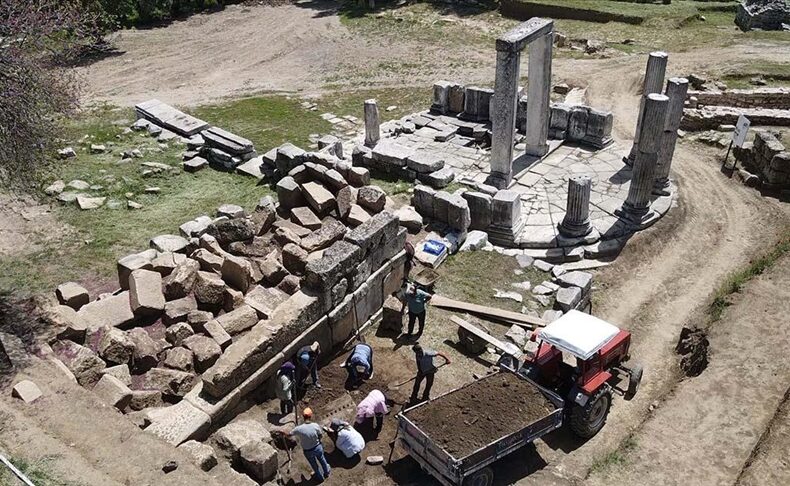
Ancient City Gate and Shops Unearthed at Hecate Lagina Sanctuary in Muğla, Türkiye
Excavations continue at the Hecate Lagina Sanctuary, one of the most important ancient religious centers in western Türkiye. Located in the Yatağan district of Muğla, the site is revealing remarkable new findings, including the ancient city gate and commercial structures believed to be shops used by ancient visitors before entering the sanctuary.
134 Years of Archaeological Legacy Continues
The excavation project, first initiated 134 years ago by Osman Hamdi Bey — the pioneer of Turkish archaeology — is now led by Prof. Dr. Bilal Söğüt, head of the Stratonikeia and Lagina excavation team. According to Prof. Söğüt, the team conducts year-round archaeological, restoration, and architectural documentation work at the site.
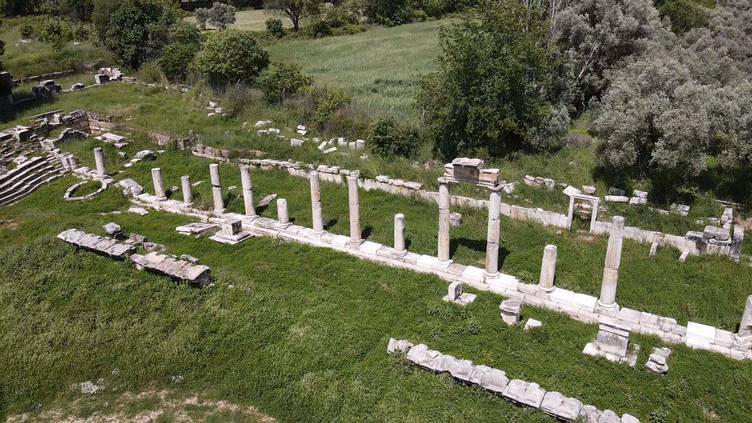
The Largest Known Sanctuary Dedicated to Hecate
Prof. Söğüt highlights that Lagina is home to the largest known sanctuary dedicated to the goddess Hecate, a prominent deity in the ancient world. Located approximately 8.5 kilometers from the ancient city of Stratonikeia, Lagina served as one of its main religious hubs. Historical records show that rituals at this sanctuary attracted participants from 22 different countries, spanning from the eastern Mediterranean to Spain.
“Lagina was a sacred site where ceremonies were held for Hecate,” said Söğüt. “Its international relevance makes it an exceptional cultural heritage site.”
Stoa Shops and Architectural Remains Revealed
As part of the “Heritage for the Future Project”, this year’s excavations focus on the entrance gate and surrounding buildings. Among the most exciting discoveries are stoa shops — colonnaded commercial structures typical in ancient Greek architecture — along with additional constructions located just behind them.
📣 Our WhatsApp channel is now LIVE! Stay up-to-date with the latest news and updates, just click here to follow us on WhatsApp and never miss a thing!!
“We aim to understand what kind of structures greeted visitors as they approached the sanctuary,” explained Prof. Söğüt. “So far, we’ve uncovered remarkably well-preserved walls, architectural details, and even roof tiles that have remained in their original positions.”
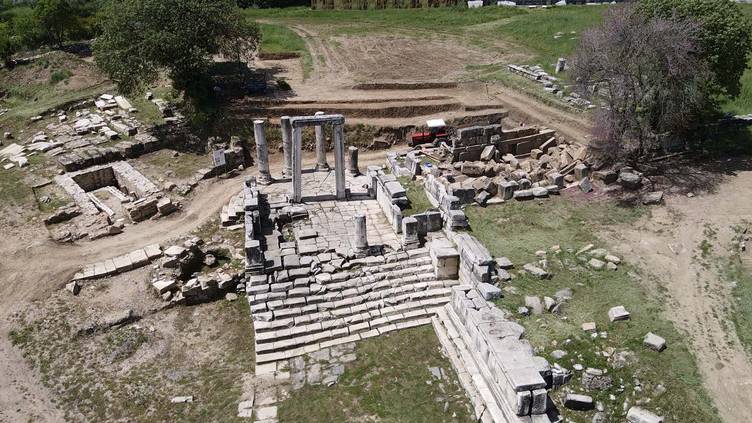
3D Reconstruction Brings Ancient Structures to Life
The excavation team is not only uncovering ancient ruins but also digitally reconstructing architectural elements in real time using 3D modeling software. These digital tools help archaeologists analyze the structures more effectively and plan for how they will be preserved and displayed in the future.
“We are working in areas that date back to the Hellenistic and Roman periods, around 2,400 years ago,” said Söğüt. “Once the excavation is complete, we will make preservation decisions based on scientific assessments.”
A Monumental City Gate Built for Hecate
One of the most outstanding discoveries is the ancient city gate, which was specially constructed in honor of Hecate. According to Prof. Söğüt, its unique architectural style adds both historical and cultural value to the sanctuary, making this part of the excavation particularly significant.
You may also like
- A 1700-year-old statue of Pan unearthed during the excavations at Polyeuktos in İstanbul
- The granary was found in the ancient city of Sebaste, founded by the first Roman emperor Augustus
- Donalar Kale Kapı Rock Tomb or Donalar Rock Tomb
- Theater emerges as works continue in ancient city of Perinthos
- Urartian King Argishti’s bronze shield revealed the name of an unknown country
- The religious center of Lycia, the ancient city of Letoon
- Who were the Luwians?
- A new study brings a fresh perspective on the Anatolian origin of the Indo-European languages
- Perhaps the oldest thermal treatment center in the world, which has been in continuous use for 2000 years -Basilica Therma Roman Bath or King’s Daughter-
- The largest synagogue of the ancient world, located in the ancient city of Sardis, is being restored

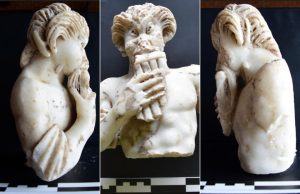
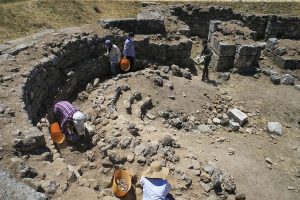
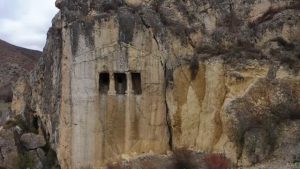
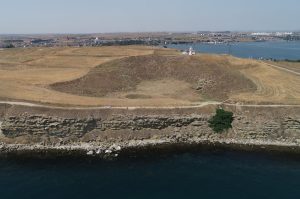
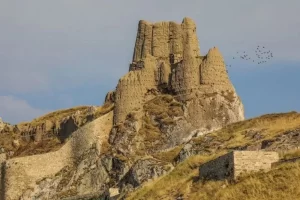
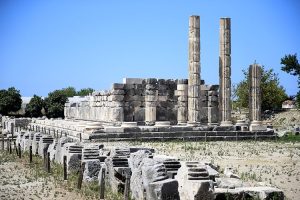


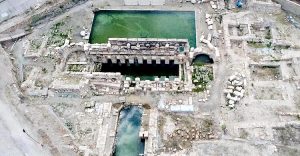
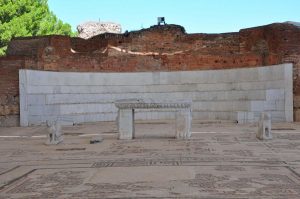
Leave a Reply